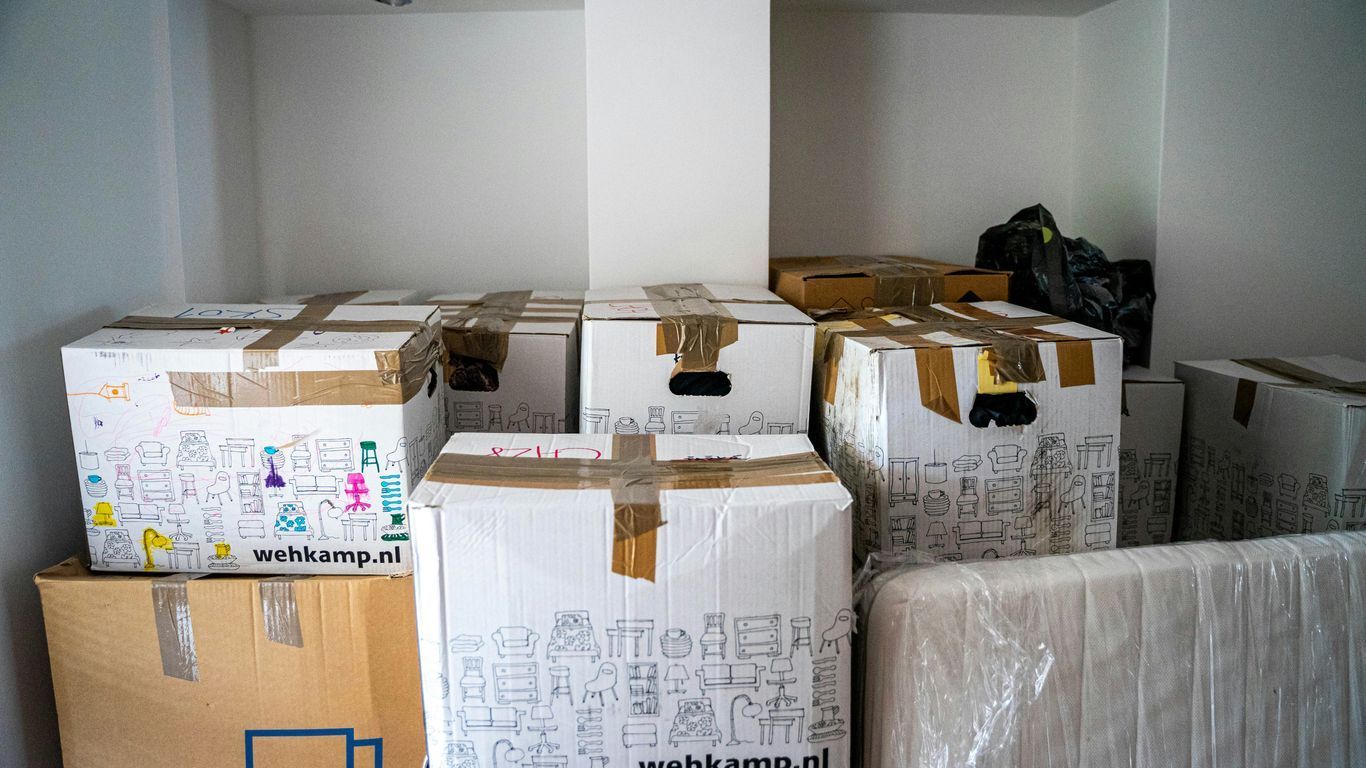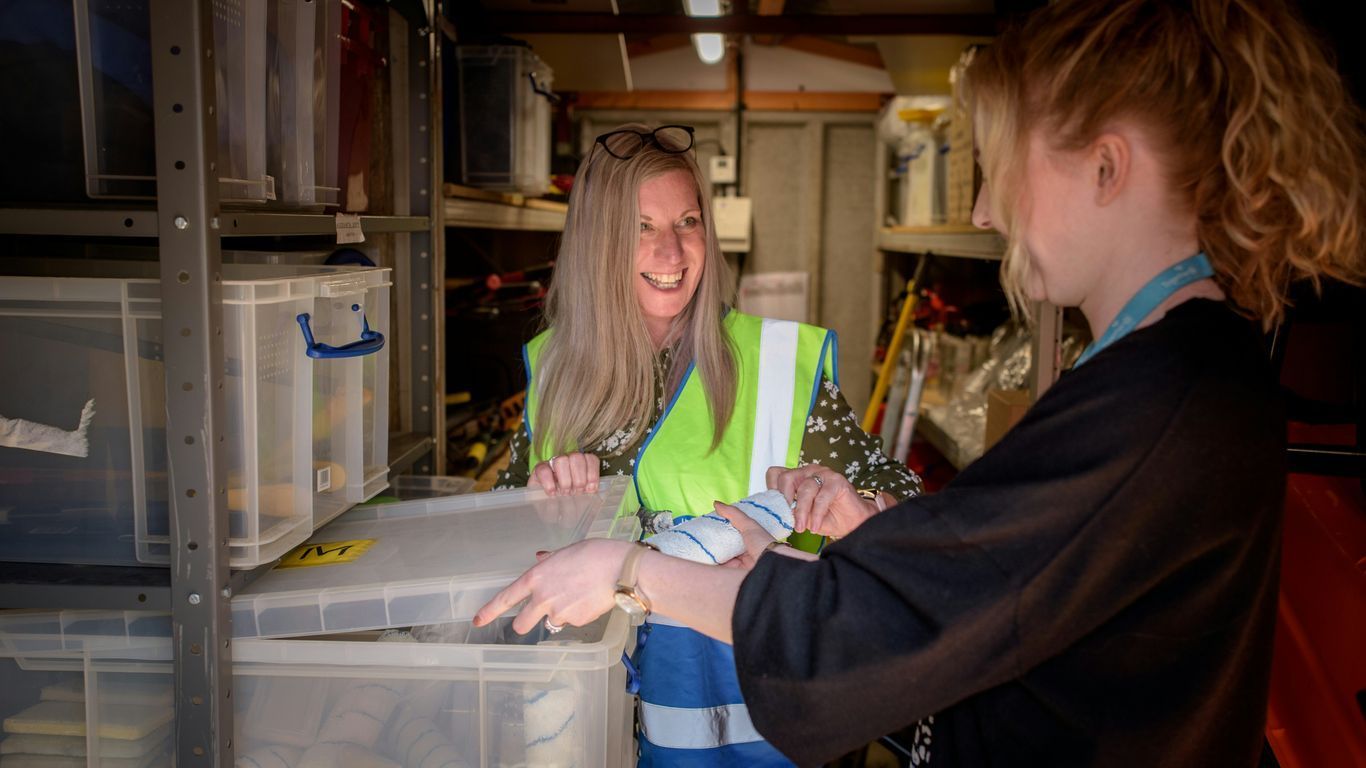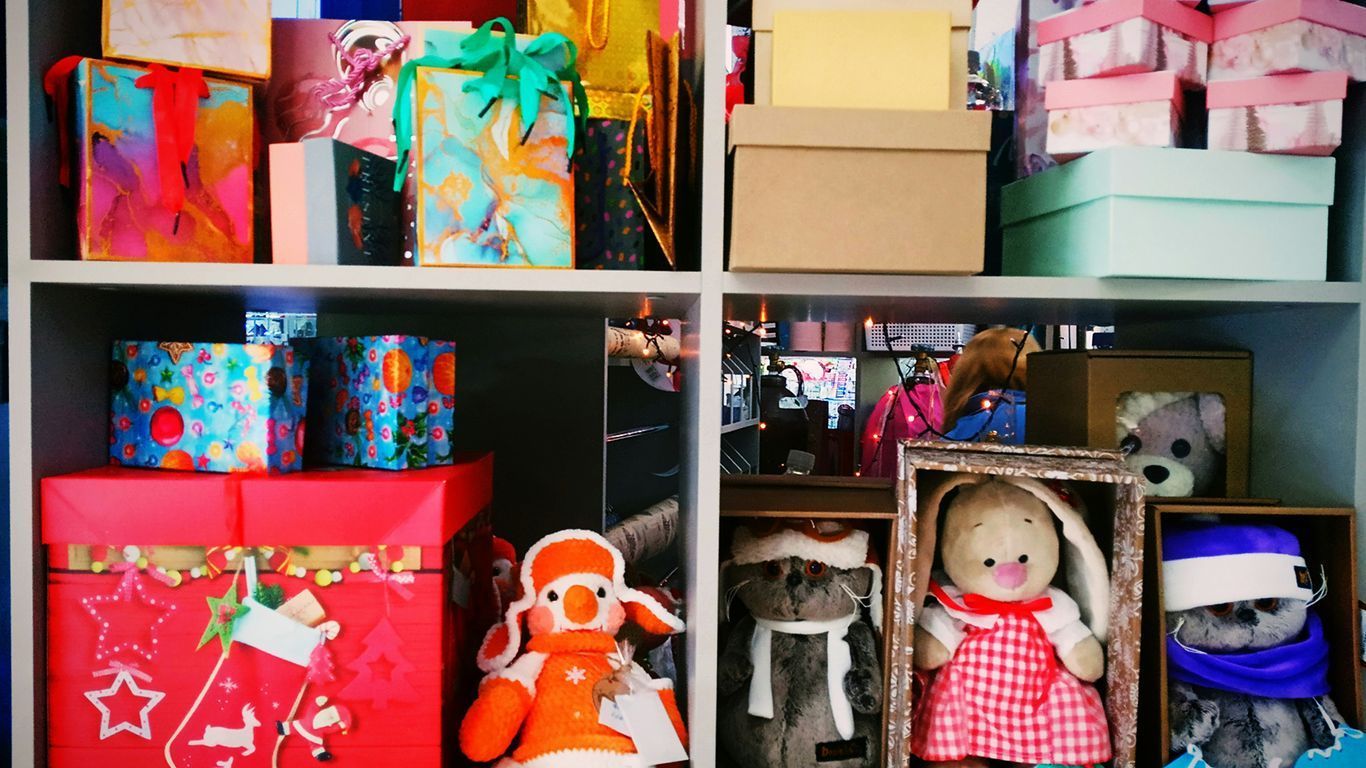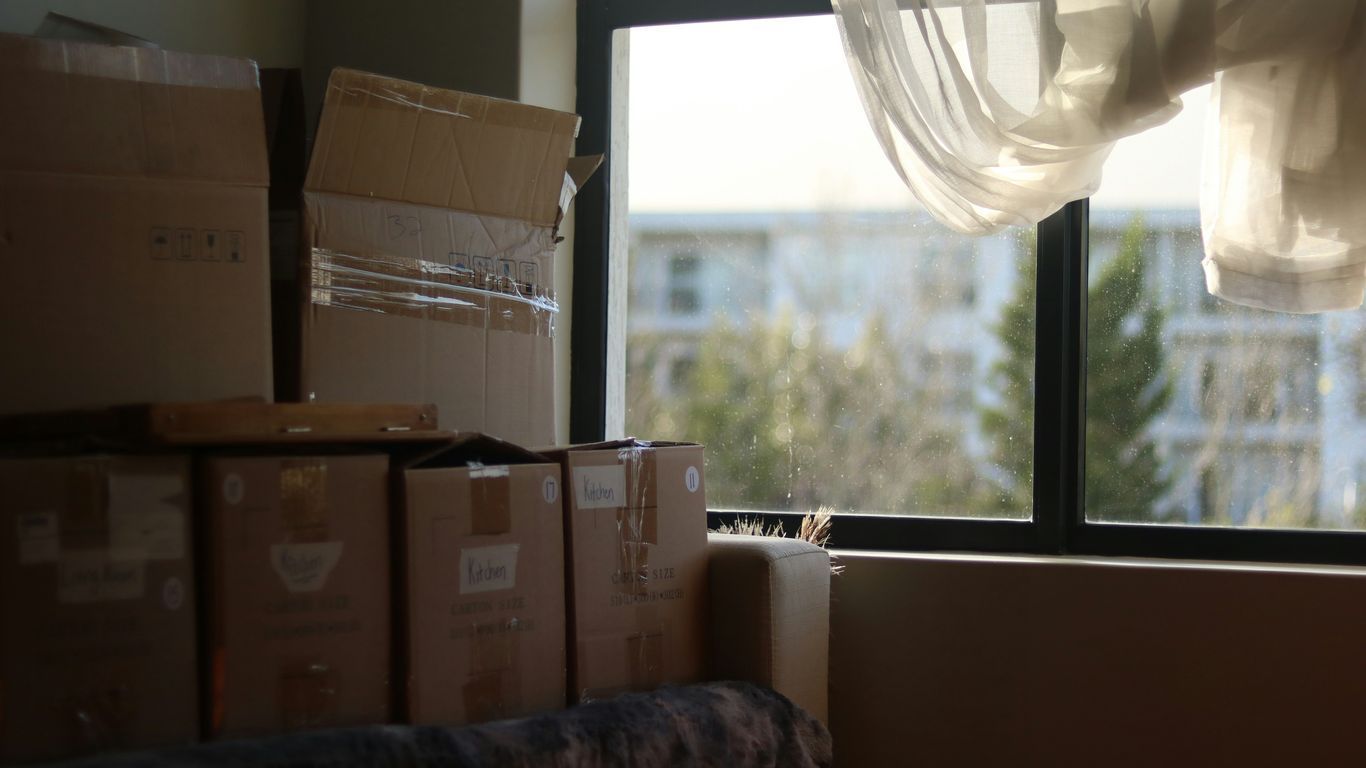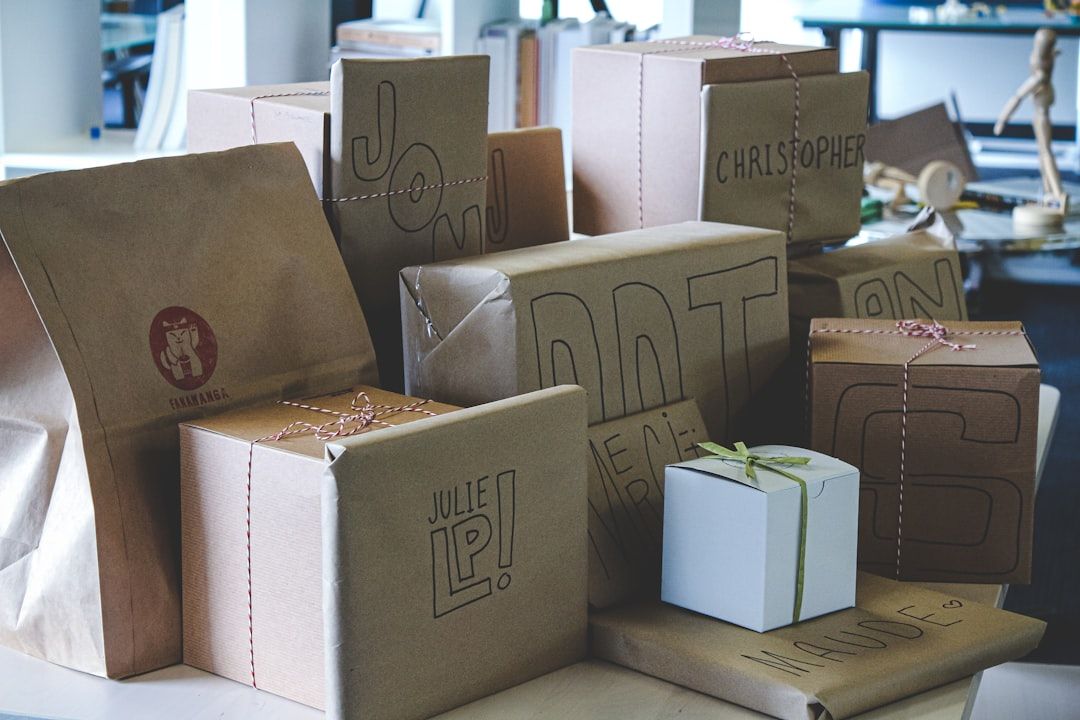What to Store in Climate-Controlled Units vs. Standard Units
When you're figuring out where to put your stuff, it's easy to just grab the first storage unit you see. But not all storage units are created equal. Some keep things nice and steady, while others are pretty much just a box. We're going to look at what makes climate-controlled storage different from regular units, and when you might really need that extra protection, especially if you're looking for climate-controlled storage in Campbellsville.
Key Takeaways
- Climate-controlled units manage both temperature and humidity, unlike standard units that don't regulate these factors.
- Items like electronics, artwork, wood furniture, documents, photos, medications, musical instruments, and textiles benefit most from climate-controlled storage.
- Standard storage is fine for durable household goods, outdoor gear, and items not easily damaged by temperature or moisture changes.
- The main benefits of climate control include protection from temperature extremes, prevention of moisture damage and mold, better air quality, and long-term preservation of valuables.
- Deciding between unit types involves assessing your items' sensitivity, your local climate, how long you'll store things, and the cost difference.
Understanding Climate-Controlled Storage in Campbellsville
When you're looking at storage options here in Campbellsville, you'll hear a lot about "climate-controlled" units. But what does that really mean for your stuff? It's all about creating a stable environment, kind of like keeping your home at a comfortable temperature year-round, but for your belongings. Standard units are basically just empty rooms, exposed to whatever the weather's doing outside. Climate-controlled units, on the other hand, have special systems working to keep things steady.
What Defines Climate-Controlled Storage?
These units are equipped with HVAC systems, much like your house, to manage both temperature and humidity. Think of it as a protective bubble for your items. They're designed to keep the temperature within a specific range, usually somewhere between 55 and 85 degrees Fahrenheit. This prevents things from getting too hot or too cold.
Climate Control vs. Temperature Control
It's easy to mix these up, but there's a key difference. Temperature control just means the unit tries to keep the temperature from swinging wildly, like preventing it from freezing or overheating. Climate control goes a step further by also managing the humidity levels. So, while temperature control is good, climate control is better because it tackles both heat/cold and moisture.
The Role of Humidity Regulation
Humidity is a big deal for a lot of items. Too much moisture in the air can lead to some serious problems:
- Mold and Mildew: These love damp environments and can grow on fabrics, wood, paper, and even electronics.
- Warping and Cracking: Wood furniture, musical instruments, and even paper can warp, crack, or become brittle when humidity levels change a lot.
- Rust and Corrosion: Metal items, like tools or old electronics, can rust faster in humid conditions.
Climate-controlled units aim to keep humidity levels in a sweet spot, typically between 30% and 50%, which helps prevent these issues. It’s this dual focus on temperature and humidity that makes them so effective for protecting sensitive items.
Basically, if you have anything that could be damaged by dampness or extreme temperatures – think electronics, artwork, important documents, or nice furniture – a climate-controlled unit is the way to go. It’s an investment in keeping your things in good shape.
Items Requiring Climate-Controlled Protection
When you've got items that are a bit more delicate or have a higher value, you'll want to think about putting them in a climate-controlled unit. Standard storage can be okay for a lot of things, but some stuff just can't handle the ups and downs of regular temperature and humidity.
Safeguarding Electronics and Artwork
Think about your fancy TV, your computer, or even that painting you love. Electronics have all sorts of tiny parts that can get messed up by too much heat or moisture. It's like giving them a fever and a cold at the same time. For artwork, especially paintings or prints, the canvas, paints, and frame can all be affected by humidity changes. They might warp, crack, or the colors could fade.
Protecting Wood Furniture and Antiques
Wood is a living thing, in a way. It expands when it's humid and shrinks when it's dry. If this happens over and over, especially with older furniture or antiques, the wood can crack or the joints can loosen. Leather furniture can also dry out and crack in extreme heat. Keeping the environment steady helps keep these pieces looking good for years.
Preserving Documents, Photographs, and Medications
Old letters, important papers, and photos from way back when are super sensitive. Humidity can make paper turn yellow and brittle, and ink can fade or smudge. Even medications can lose their effectiveness if they get too hot or too cold. If you have important records or family photos you want to keep in good shape, a climate-controlled unit is the way to go.
Storing Musical Instruments and Textiles
Musical instruments, like guitars or violins, are often made of wood and have delicate parts. Fluctuations in temperature and humidity can cause them to warp, crack, or even go out of tune. High-end textiles, like antique rugs or fine clothing, can also be damaged by mold or mildew if the humidity is too high.
Basically, if an item is made of organic materials, has electronic components, or holds significant sentimental or monetary worth, it's probably a good candidate for climate-controlled storage. It's about protecting your investment and keeping things in the condition you want them to be.
When Standard Storage Suffices
Not everything you own needs the fancy climate-controlled treatment. Sometimes, a good old-fashioned standard storage unit is perfectly fine. These units offer basic protection from the elements – think rain, wind, and sun – but they don't actively manage the temperature or humidity inside. This makes them a great, more affordable option for items that can handle a bit of environmental fluctuation.
Durable Household Goods
Most of your everyday furniture and household items are built to withstand normal living conditions, which means they can usually handle a standard storage unit just fine. We're talking about things like:
- Metal shelving units
- Plastic storage bins filled with clothes or linens
- Sturdy wooden dressers or tables that aren't antique heirlooms
- Appliances like washing machines or dryers
Basically, if it's not made of delicate materials or packed with sensitive electronics, it's probably okay in a standard unit. Just make sure everything is clean and dry before you pack it away.
Outdoor and Seasonal Equipment
This is where standard storage really shines. Think about the stuff you only use part of the year or that's designed to be outside anyway. Items like:
- Lawnmowers and gardening tools
- Bicycles
- Camping gear
- Winter coats and snow shovels
- Patio furniture
These things are already used to being exposed to different weather, so a standard unit provides a good place to keep them out of the way and protected from direct rain or snow. Just give them a good wipe-down first.
Items Not Sensitive to Humidity
If your belongings aren't the type to warp, crack, or get moldy when the air gets a little damp or dry, then a standard unit is your go-to. This includes things like:
- Tools and hardware
- Most plastic items
- Metal goods
- Books that aren't rare or first editions
It’s all about knowing what you’re storing. If it’s tough and doesn't mind a bit of humidity variation, save yourself some money and go with standard storage. It’s a practical choice for a lot of common items.
Benefits of Climate-Controlled Units
When you're looking at storage options, it's easy to just grab the first unit you see, but thinking about the benefits of climate control can really save your stuff later on. It's not just about keeping things from freezing or melting, though that's a big part of it. These units offer a more stable environment overall, which is pretty important for a lot of things we own.
Protection Against Temperature Extremes
Think about how much the temperature can swing, even in a single day. Standard storage units don't do much to stop this. Your items can get really hot, then really cold, and that constant expanding and contracting can damage materials. Wood can warp, plastics can get brittle or melt, and even some electronics can be affected by these big temperature shifts. Climate-controlled units keep things in a much more consistent range, usually somewhere between 55 and 85 degrees Fahrenheit. This steady temperature helps prevent that kind of stress on your belongings.
Mitigating Moisture Damage and Mold Growth
This is a huge one, honestly. High humidity is a breeding ground for mold and mildew. If you've ever had that happen in your own home, you know how bad it can get – musty smells, stains, and sometimes the material just falls apart. Things like fabrics, paper, photos, and wooden furniture are super susceptible to this. Climate-controlled units actively manage humidity levels, often using dehumidifiers. This keeps the air drier, making it much harder for mold and mildew to take hold and ruin your things.
Enhanced Air Quality and Pest Deterrence
Because these units have better ventilation systems, the air quality tends to be better too. This means less dust and fewer allergens settling on your items over time. Plus, the stable environment and regular cleaning that most facilities do makes them less appealing to pests like rodents and insects. A standard unit might be more inviting to critters looking for a place to hang out, especially if there's any food residue, but climate-controlled units are generally less hospitable.
Long-Term Preservation of Valuables
If you've got items you plan to keep for a long time – think heirlooms, important documents, or even just things you really care about – climate control is the way to go. It's the best way to keep them in good condition and maintain their value. Your garage or attic might seem fine, but they often experience wild temperature and humidity swings that can degrade items over the years. Climate-controlled storage provides that consistent, protected environment.
Choosing the Right Storage Solution
Assessing Your Belongings' Sensitivity
When you're figuring out where to put your stuff, the first thing to think about is what you're actually storing. Some things just can't handle big temperature swings or dampness. Think about old photos, important papers, or anything with wood or leather. These items can get damaged pretty easily if the environment isn't stable. On the other hand, if you're just storing some plastic bins or metal tools, they're probably going to be just fine in a regular unit. It really comes down to how delicate your items are.
Considering Your Storage Location's Climate
Where you're putting your storage unit also matters a lot. If you live somewhere with really hot summers and freezing winters, a standard unit might not cut it for your more sensitive belongings. The temperature inside a regular unit can get pretty wild, mirroring the outside weather. But if you're in a place with milder weather year-round, a standard unit might be perfectly adequate for most things. It’s all about matching the storage environment to your local conditions.
Evaluating Storage Duration and Cost
Finally, you've got to think about how long you plan to store your items and what your budget looks like. If you're just stashing things away for a few months, maybe a standard unit will work. But if you're looking at storing valuable or sentimental items for a long time, spending a bit more on a climate-controlled unit could save you a lot of heartache down the road. It’s a trade-off between upfront cost and long-term protection. You really need to weigh what’s most important to you.
Picking the best storage option can feel tricky. We make it simple to find the perfect fit for your stuff. Ready to see what works for you? Visit our website today to explore your choices!
Making the Right Storage Choice
So, when it comes down to it, picking between a climate-controlled unit and a standard one really depends on what you're storing. If you've got things like old photos, electronics, wooden furniture, or anything that could get ruined by too much heat, cold, or dampness, then climate control is probably your best bet. It costs a bit more, sure, but it can save you a lot of heartache and money in the long run by keeping your stuff in good shape. For things like basic tools, plastic bins, or stuff you don't really care about getting a little beat up, a regular unit will likely do just fine. Just think about your items and the weather in your area, and you'll figure out the best way to keep your belongings safe.
Frequently Asked Questions
What exactly is climate-controlled storage?
Climate-controlled storage units keep the temperature and humidity at a steady level, usually between 55°F and 85°F. This helps protect things like electronics, artwork, old furniture, and important papers from damage caused by too much heat, cold, or moisture. Regular units don't have this special control.
What's the difference between temperature control and climate control?
Think of it this way: temperature control just means the unit tries to stay within a certain temperature range, like keeping it from getting too hot or too cold. Climate control does that too, but it also actively manages the moisture in the air. So, climate control offers more complete protection, especially if you live somewhere with damp or dry air.
Is paying extra for climate-controlled storage usually worth it?
It's definitely worth it if you're storing items that can be easily damaged by weather changes. Things like wooden furniture can warp or crack, electronics can get ruined by moisture, and old photos or documents can fade or get moldy. If your stuff is valuable or sensitive, climate control is a smart way to keep it safe.
What kind of items are okay to store in regular units?
Most everyday household items that aren't easily damaged by heat, cold, or moisture can be fine in a standard unit. This includes things like sturdy plastic bins, metal tools, outdoor gear, and maybe even some basic furniture that isn't antique or made of delicate materials. If it's not something irreplaceable or easily ruined by the weather, a standard unit is likely okay.
What specific items really need climate-controlled storage?
You should think about climate control if you're storing anything made of wood, leather, or fabric, like furniture, musical instruments, or nice clothing. Electronics, artwork, old photos, important papers, and even some medications or cosmetics can also be damaged by temperature and humidity swings. Basically, if it's delicate or valuable, climate control is a good idea.
Do I need climate control if I live in a place with extreme weather?
Yes, it's a really good idea to use climate control if you live in an area where the weather changes a lot. Places with very hot summers, freezing winters, or high humidity can cause serious damage to stored items over time. Climate control creates a stable environment that protects your belongings no matter what the weather is doing outside.

